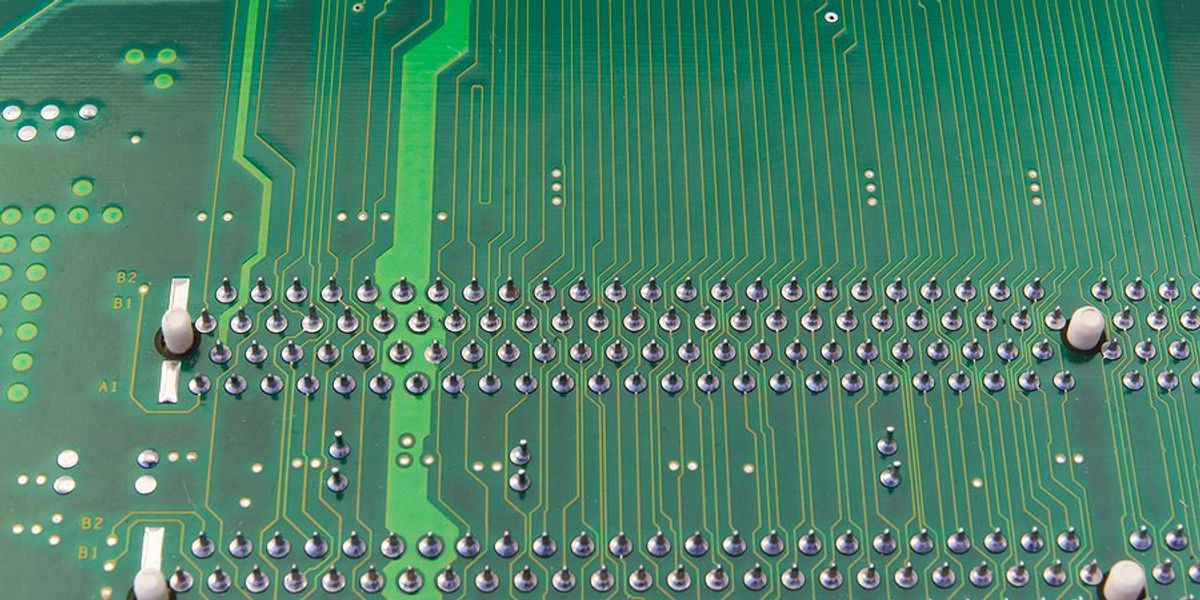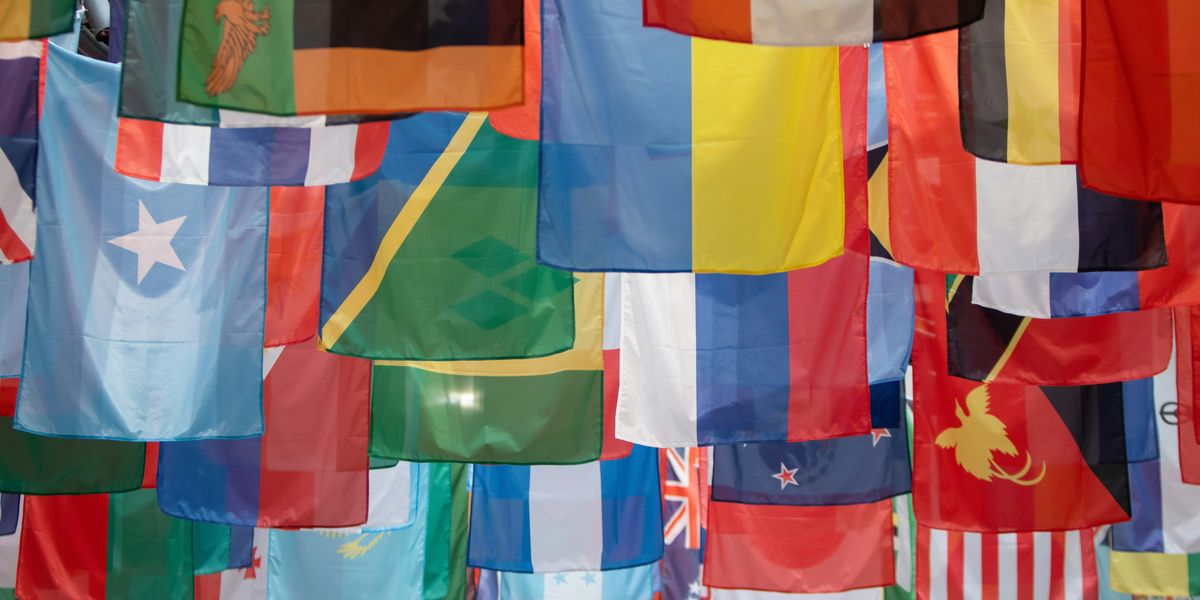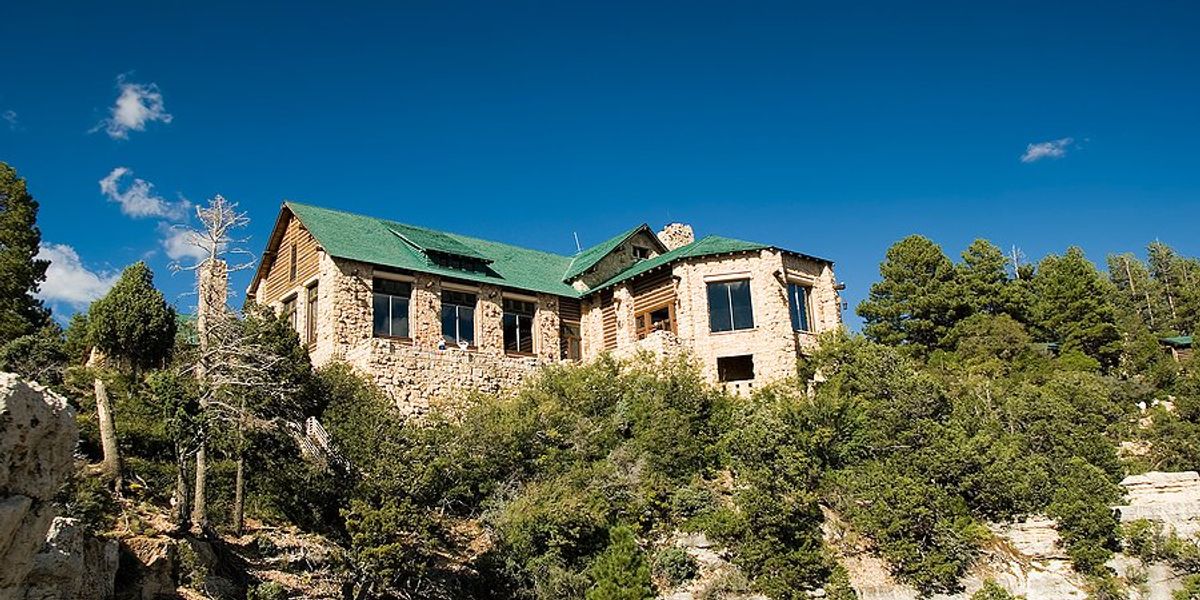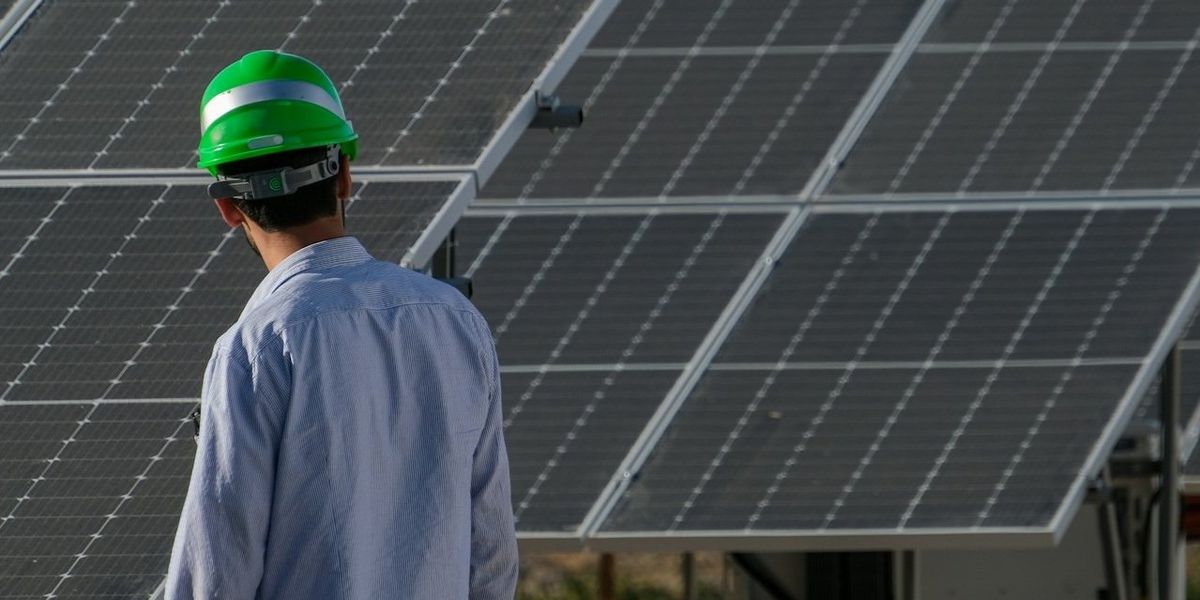
U.S. seeks Congo minerals as conflict deepens in coltan-rich region
Coltan mined by hand in Congo’s eastern hills feeds the global tech industry, but decades of conflict, displacement, and exploitation continue to plague the region as new international deals take shape.
David Yusufu Kibingila and Monika Pronczuk report for The Associated Press.
In short:
- The Rubaya mines in eastern Congo, controlled by M23 rebels, produce coltan — a critical mineral for electronics and military components — yet miners earn as little as $40 a month.
- Despite U.S.-brokered peace talks, violence and shifting control among armed groups persist, with Rwanda’s coltan exports doubling since M23 seized the Rubaya site.
- A potential minerals-for-security deal between Congo and the U.S. faces steep challenges, including murky supply chains, infrastructure gaps, and enduring local conflicts.
Key quote:
“The whole country, the whole world knows that phones are made from the coltan mined here, but look at the life we live. We can’t continue like this.”
— Bahati Moïse, coltan trader
Why this matters:
The global thirst for electronics has driven demand for coltan, a mineral essential to the function of everything from smartphones to missile systems. Eastern Congo, which supplies a major share of the world's coltan, remains gripped by violence, displacement and exploitation. The trade routes that feed coltan into the global market are opaque, allowing companies and consumers to benefit from a system rooted in instability and human suffering. As the U.S. pushes for supply chain security and energy independence, its interests now intersect more directly with a region many investors have long avoided due to the risks. This emerging entanglement raises difficult questions about responsibility, sovereignty, and the real cost of modern technology.
Learn more: Congo’s mineral wealth fuels conflict, complicating peacekeeper withdrawal













